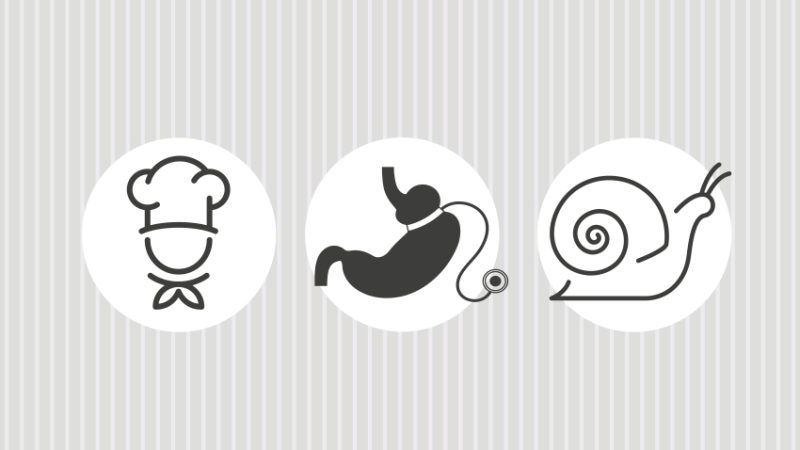New Reading AOs For GCSE English Causing Concern? Bernard Ward Has Some Words Of Reassurance

Comparing writers' perspectives? Critical Evaluation? Don't sweat it

- by Bernard Ward

My recent conversations with English heads suggest there is some anxiety regarding the new AOs for reading. These have now expanded to embrace four areas:
• understanding, interpretation and synthesis • language and structure • comparison of writers’ perspectives • critical evaluation
Of these, AO3 (comparison of perspectives) and AO4 (evaluation) seem to cause most insecurity among teachers.
AO3 requires students to “Compare writers’ ideas and perspectives and how they are conveyed…”. Uncertainty regarding the focus of this AO relates to the way examining bodies intend to assess the skill of synthesis (AO1ii), which appears on the same paper. A glance at the latest SAMs reveals that, for the synthesis question, some boards may ask examinees to summarise similarities between texts; others, however, ask candidates to summarise differences.
While the latter is a legitimate aspect of synthesis, there is a danger that students will confuse synthesis with comparison, and will either repeat material in their answers, or expend too much energy on synthesis, leaving little time for the higher value comparison question. This author hopes that in the run-up to first examination, assessment writers will endeavour to make the distinction between synthesis and comparison clearer. In the absence of this assurance, however, teachers must be mindful of the issue.
Beyond compare
Good teachers, however, can make a silk purse from a sow’s ear; what we see above is a natural overlap between AOs, and an opportunity to teach synthesis as a step towards the more sophisticated skill of comparison. If teachers adopt this approach, it should clarify the distinction between information and perspective, enabling students to understand the differing demands of the questions they will face.
Perspective may be explained as a writer’s attitude to the information they present. This recalls concepts of bias, fact and opinion, with which students should be familiar. Having said this, the source texts for comparison in the latest AQA SAMs are narrative, and the emphasis on writers’ methods in the mark scheme tends to focus on descriptive techniques. Teachers would nonetheless be wise to employ a variety of text-types when teaching AO3, and to emphasise perspective as a product of the cultural and historical background of the author, preparing students to deal with the full range of possible non-fiction sources. As all but one of the major examining bodies assess AO3 via comparison of C19th and C21st sources, this will have the added benefit of acclimatising students not only to the culture, but also to the more challenging diction of C19th sources – a practice of value in relation to both Language and Literature.
When preparing students for the comparison question, teachers should advise students to pay attention to the information provided regarding the identity of source-text authors, and to use this knowledge as the basis for their understanding of viewpoint. They should also revisit AO2 (language and structure) reminding students that discussion of writers’ methods extends beyond consideration of imagistic fireworks to embrace aspects of tone – humour, irony, colloquialism, formality etc – and should devote time to exploring how tone is created.
Building skills
A salutary reflection emerges from the foregoing discussion: although the AOs present skills as distinct phenomena, the demarcation is superficial. As students prepare for the exam, it is of course important to remind them of the emphasis represented by specific questions. However, with GCSE starting in Y9, there is enormous value in teaching the skills of reading holistically, apprehending the reading AOs not as the way students engage with text, but as areas of skill which emerge as a consequence of doing so.
The AOs are progressive interpretations of the core skill – reading – each of which represents a higher level of accomplishment, and contributes to the student’s ability to tackle increasingly demanding questions. We have seen, for instance, how interpretation and synthesis point the way toward comparison of perspectives, and how the skills of AO2 prepare students to discuss the means by which perspective is conveyed. This progression culminates in AO4, evaluation – a level of response which represents the development of a mature critical instinct, embracing understanding, interpretation, analysis of writers’ choices, and identification and judgement of perspective.
Bernard Ward is a senior examiner and learning and assessment consultant for secondary English, and co-author of CUP’s GCSE English Language for AQA Progress.











